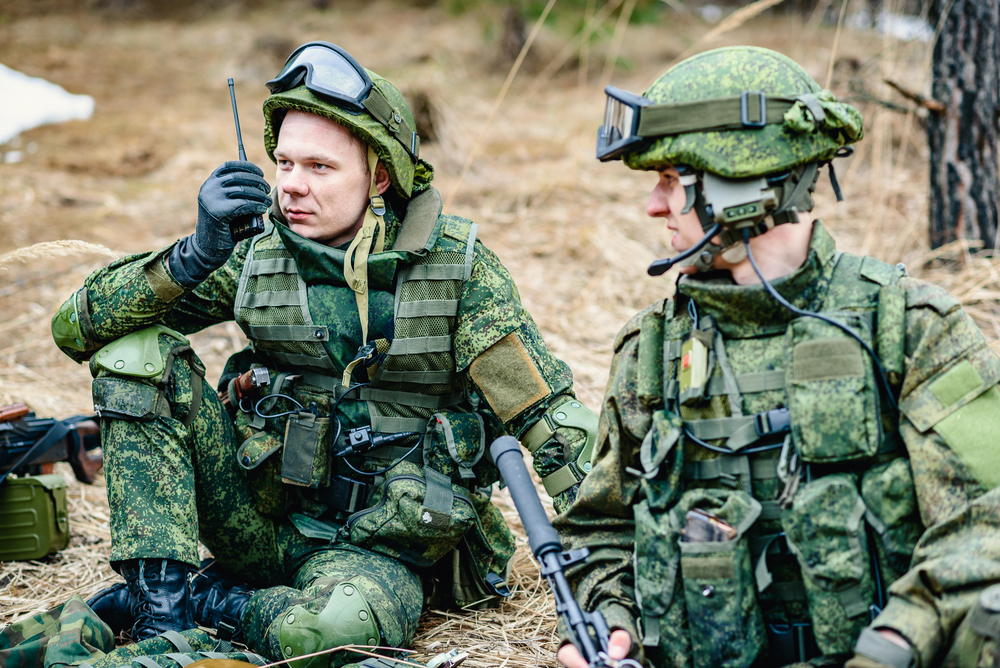These simulations blur fiction and reality, raising eyebrows as the real war rages on.
Others are reading now
These simulations blur fiction and reality, raising eyebrows as the real war rages on.
When NATO Invades Russia… in Oklahoma

Hundreds of Americans are now paying to re-enact a dystopian fantasy: NATO invading Russia.
At an event called “The Fall of Salsk”, participants split into NATO and Russian teams, armed with replica weapons, drone footage, and uniforms eerily close to those used in Ukraine.
“We’re Gonna Kill Some NATO Troops!”
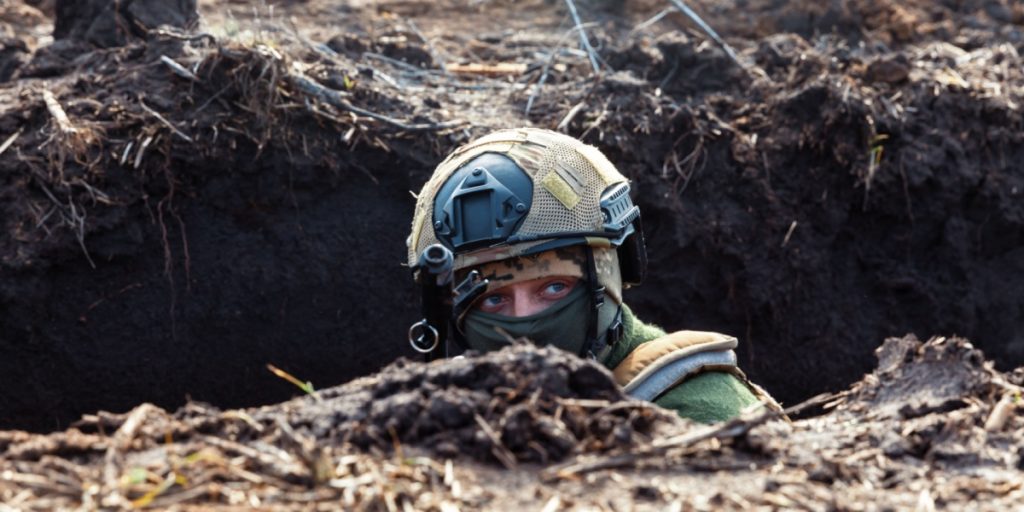
As darkness fell, one teen decked out in faux-Russian gear shouted across the simulated battlefield: “We’re gonna kill some NATO troops!”
Also read
His squad erupted in cheers. While the intent is playful, the choice of sides, especially in a real-world conflict where thousands have died, is undeniably provocative.
As one participant put it: “It’s fun to play the bad guys.”
Z Patches, Drone Videos, and Teen Soldiers
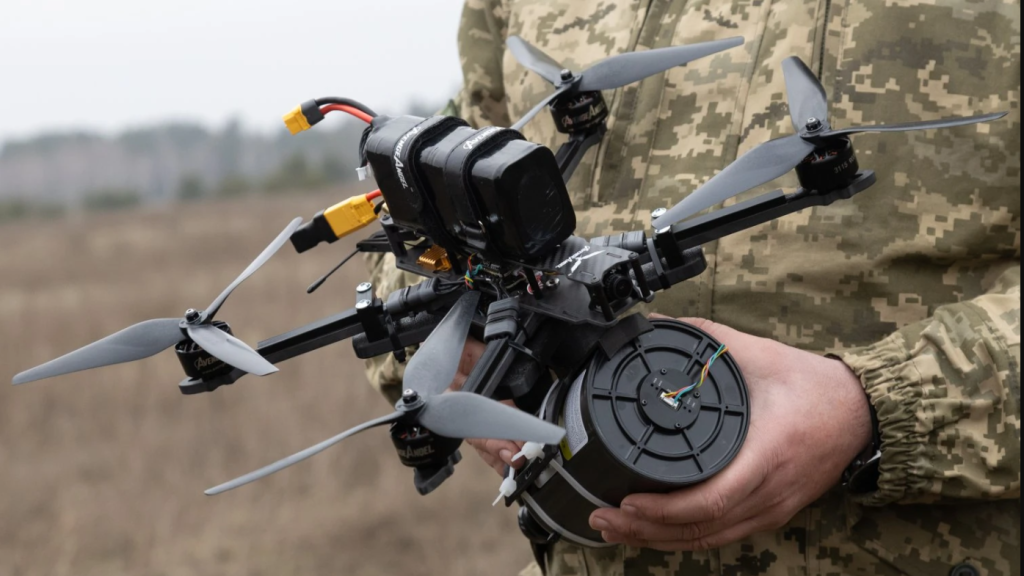
Mason Lowery, a 17-year-old high schooler from Oklahoma, wore a “Z” patch on his bag, the same symbol used by pro-war Russian forces.
“I don’t really know what they’re fighting for, just that they are,” he said, admitting his understanding of the actual conflict comes from drone videos on Instagram.
Mason plans to enlist in the U.S. Army one day, but for now, he plays pretend with chilling realism.
Bush’s Sixth Term and a NATO Invasion
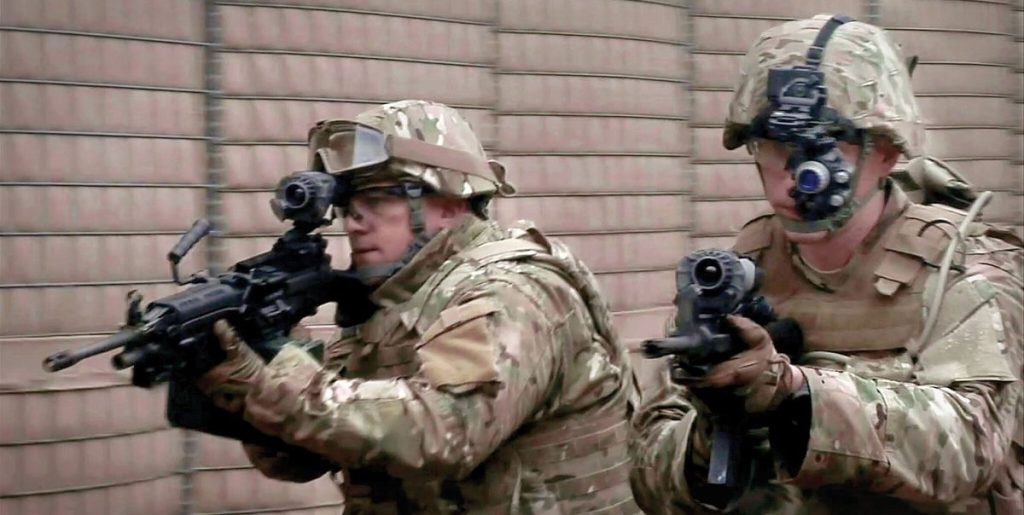
The fictional backstory reads like satire: George W. Bush, still president in a sixth term, persuades NATO to invade Russia.
It’s absurd on paper but deadly serious in execution.
Players wear night vision goggles, carry air-compressed rifles, and follow elaborate tactics across muddy fields.
The battles last nearly two full days, weather and exhaustion be damned.
Russian Uniforms From the Front Lines?
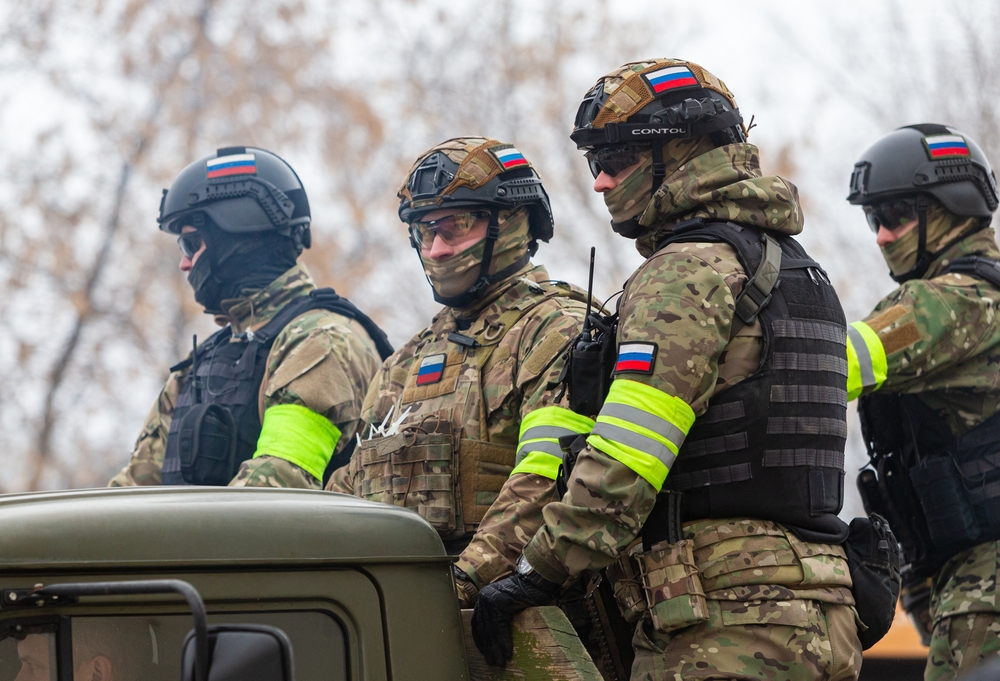
Some players buy genuine Russian military gear, potentially sourced from the actual war in Ukraine.
Helmets, flak jackets, and even belt buckles sold online may have belonged to fallen soldiers or come from abandoned trenches. Veteran Shawn Prosen, a staff member with MilSim West, opposes the practice:
“I don’t think it’s okay to wear trophies from an ongoing war.”
Meet the ‘Rushing Russians’: Global LARPers of War
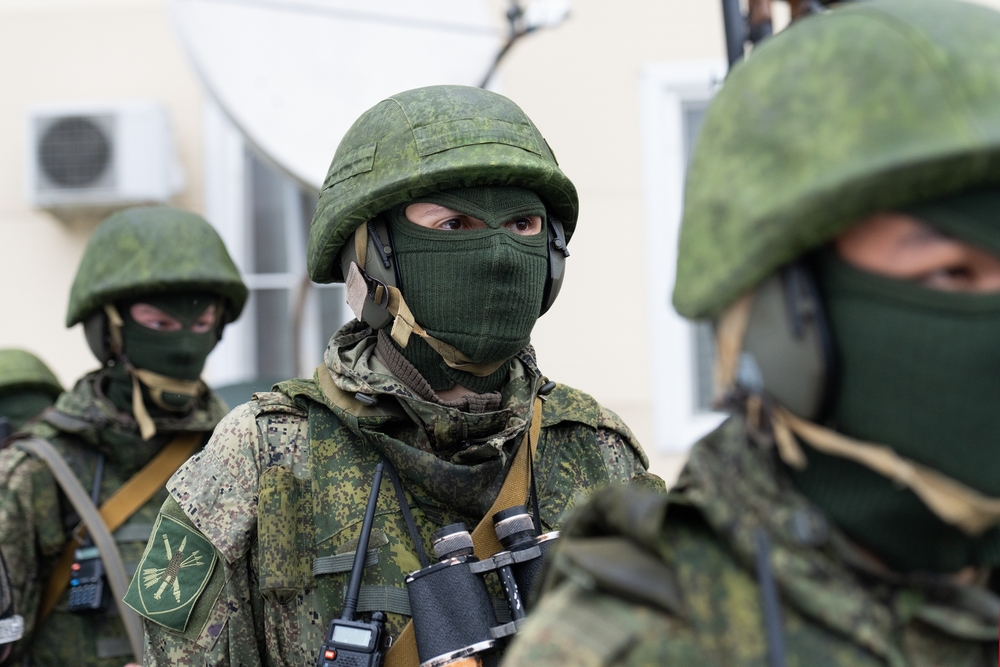
One of the most committed units calls itself the “Rushing Russians”.
With nearly 30 branches across the U.S., Canada, Mexico, and Chile, they’re known for strict uniform codes and deep immersion into their Russian roles.
For them, playing the “enemy” is about intensity, not ideology. But their presence raises uncomfortable questions: when does cosplay cross a line?
Mud, Hail, and Tornadoes: Real-World Chaos
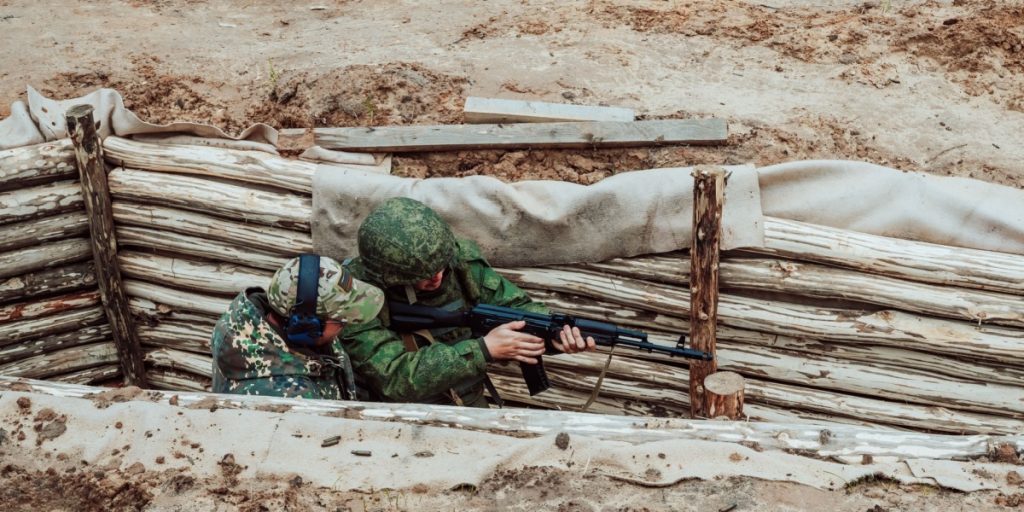
The 48-hour event didn’t just simulate battle, it delivered real physical punishment. Participants endured hail, flash floods, and tornado warnings as the Oklahoma field turned into a swamp.
Many quit before the final “push.” Yet in the climactic scene, soaked and exhausted, a group of Russians charged forward under a Novorossiya flag.
One yelled: “We’ll be here long after the war ends!”
“I’m From Oblastia Texas”: The Strange Lingo of War Games
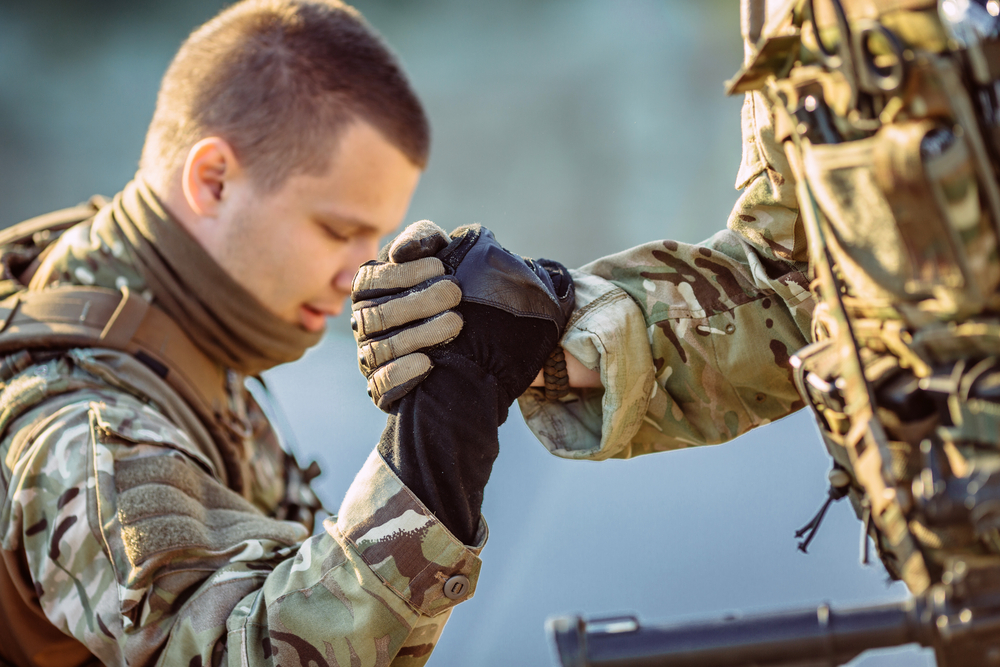
Amid the chaos, one player put on a fake Russian accent and said: “I’m from oblastia Texas.”
It was a joke, blending U.S. geography with post-Soviet terminology.
But it shows how the game fuses global politics, historical trauma, and online culture into something both surreal and potentially tone-deaf.
Swearing In as ‘Silly War Nerds’
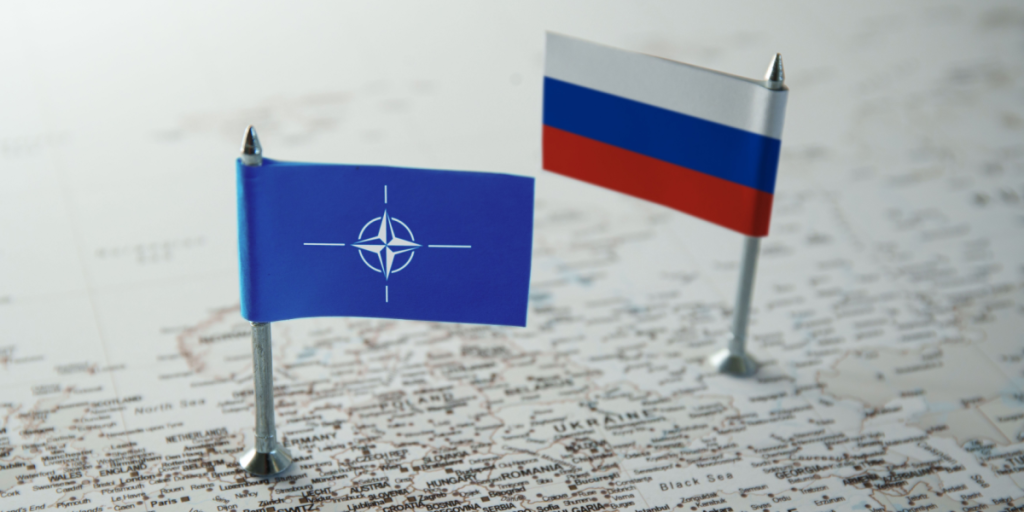
Before every battle, players take an oath led by MilSim founder Josh Warren: “I am a silly war nerd playing silly war games.”
It’s meant to underscore that this is fantasy, not politics.
But with real uniforms, real tactics, and a very real war as backdrop, even Warren admits the game has become more controversial than he ever expected.

